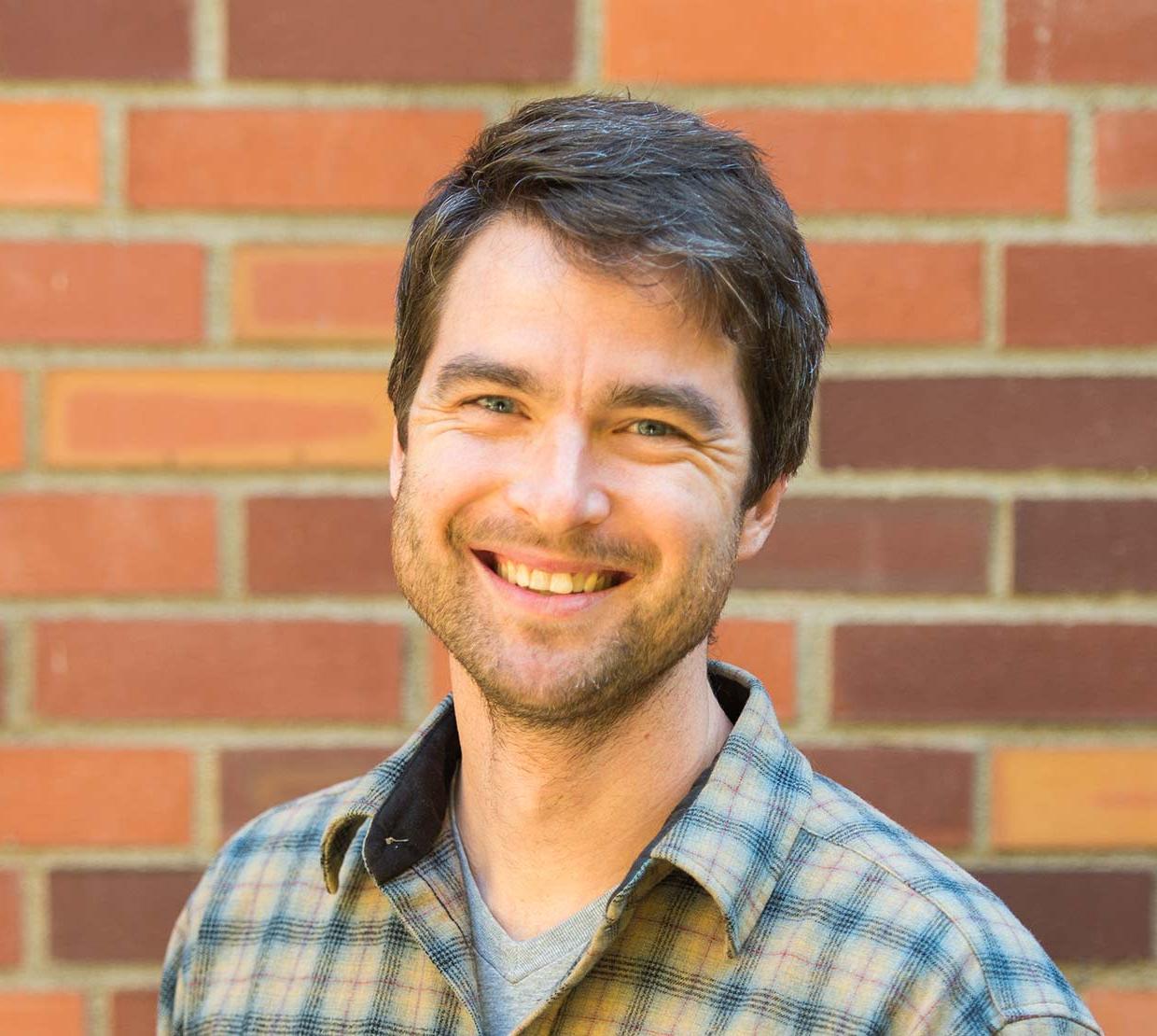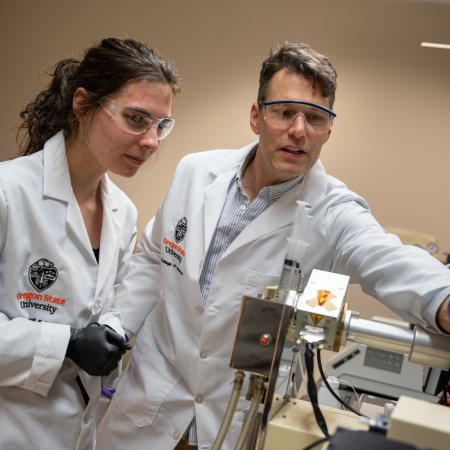Biologist Benjamin Dalziel and an international team of researchers studying the 2014 Ebola epidemic discovered that, among deaths that occurred outside of hospitals, approximately three percent of those infected accounted for 61 percent of all cases.

Photo courtesy of CDC Global.
If this “superspreading” had been completely controlled, almost two-thirds of the infections might have been prevented.
Dalziel is an assistant professor with joint appointments in the Departments of Integrative Biology and Mathematics in the College of Science.
The study was published this week in the Proceedings of the National Academy of Sciences. The research was led by Princeton University, in collaboration with scientists from OSU, London School of Hygiene and Tropical Medicine, International Federation of Red Cross and Red Crescent Societies, Imperial College London, and the National Institutes of Health.
“The role of superspreading in community-based deaths was larger than expected. There wasn’t as much transmission once people reached hospitals and care centers. It is important to emphasize that individuals involved in superspreading are not the perpetrators of the epidemic—they are among the victims," Dalziel said.
Superspreading has been cited in many first-hand narratives of Ebola transmission. But this study created a new statistical framework enabling scientists to measure the importance of the phenomenon in driving the epidemic and how superspreading changed over time, as the epidemic progressed and control measures were implemented.
“Superspreading is linked to barriers to access to healthcare stemming from long-standing inequalities in the global distribution of wealth. By highlighting the role of superspreading, we hope to underscore the importance of strong, universally accessible health systems," Dalziel observed.




